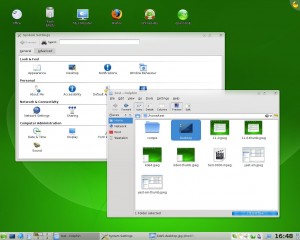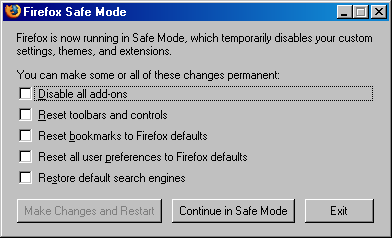Here is the story about openSUSE 11 with KDE 4.0.4 in KDE.news. Do you want to know what I thought was so special about it? I’ll tell you. It features screenshots of the KDE desktop with some icons. Yes, this is the first bunch of KDE 4 screenshots with desktop icons that I saw.
Sounds surprising? Well… imagine how surprised I was, when after seeing dozens upon dozens of KDE 4 screen shots and then trying it out myself I realized that one part of it that was totally unusable was the desktop and its icons. After I tried it, I was trying to remember any screenshots that had icons on the desktop, and I could not. There was everything from the “amazing” new menu and lighter file browser to configuration tools and updated tools. But there were no desktop icons. And now they are there. So, I guess, there is still hope for KDE 4.

